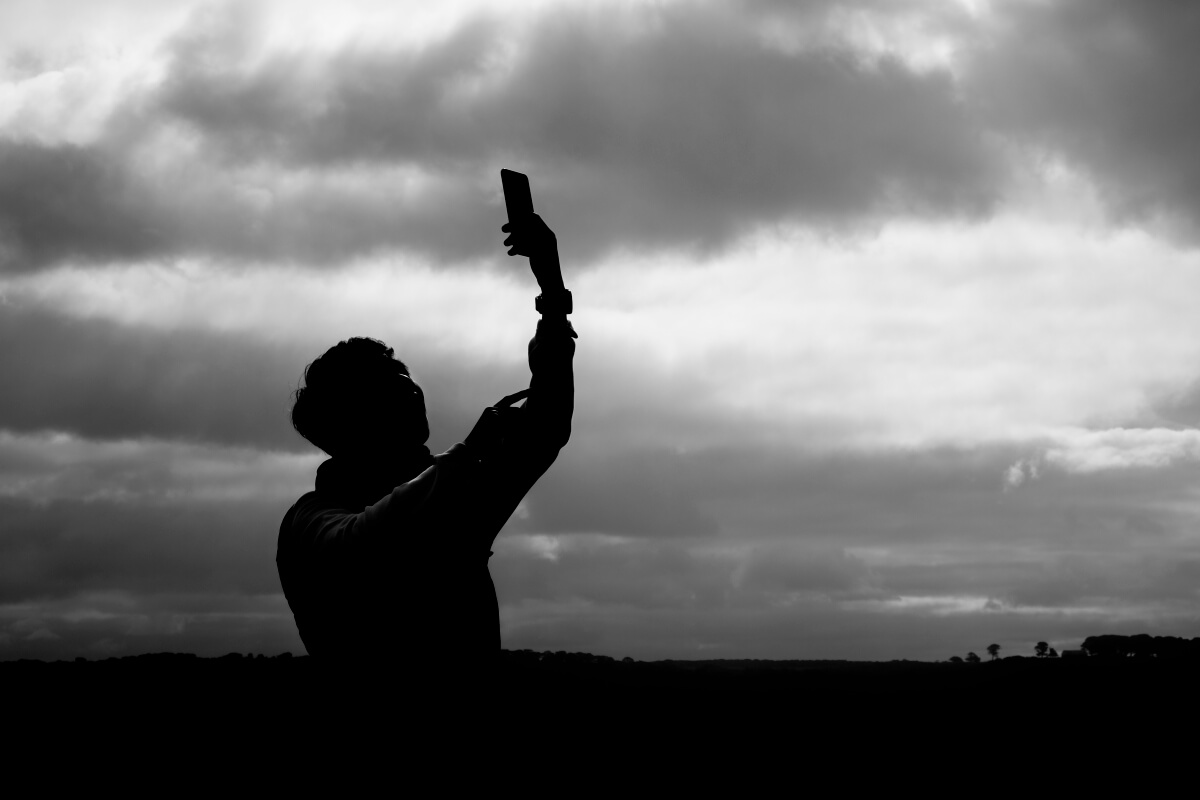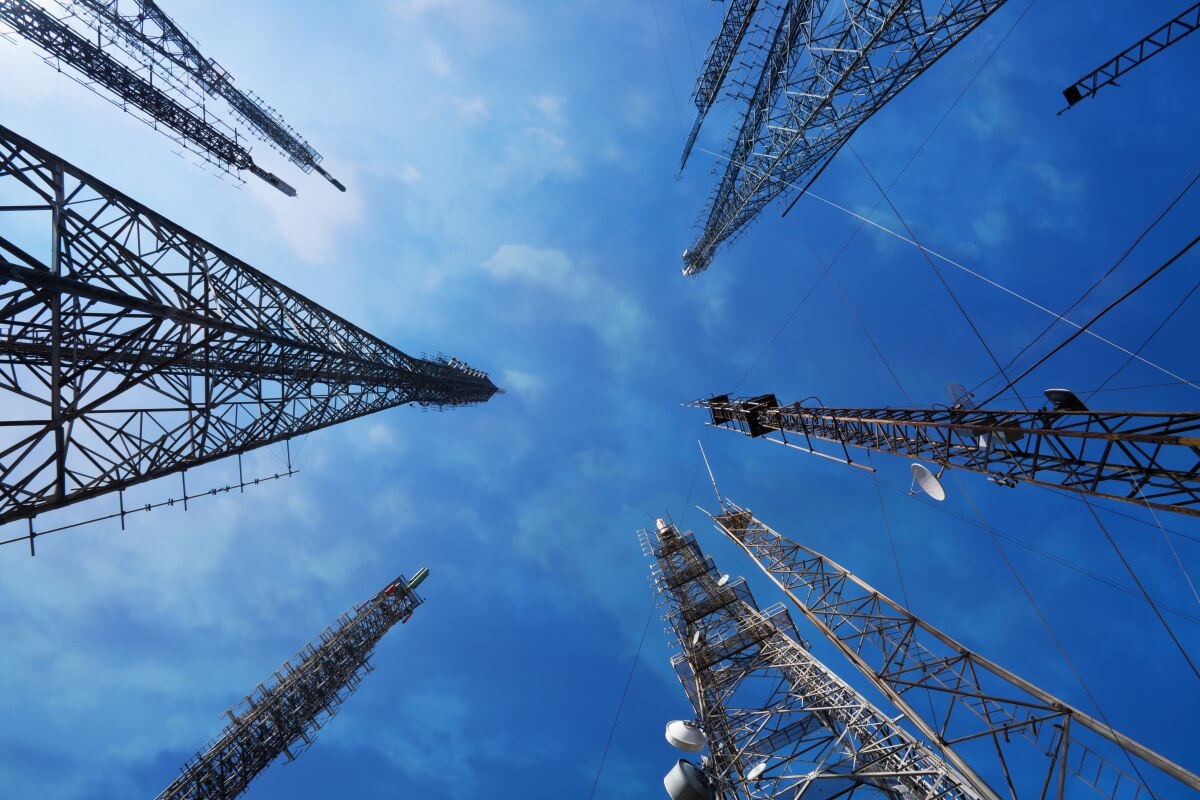In a nutshell: The Federal Communications Commission in 2017 committed up to $4.53 billion in funding over a 10-year period to help bridge the digital divide in rural areas that lacked unsubsidized 4G LTE service. As it turns out, some carriers weren't honest in their self-assessment of coverage.
Carriers interested in receiving funding were required to submit updated coverage maps of their 4G LTE service to help identify areas eligible for Mobility Fund Phase II (MF-II) support.
As part of a system of checks and balances, parties could challenge an initial determination of eligibility and have an opportunity to respond. It was during this phase that some parties raised concerns about the accuracy of the maps submitted by providers.
Turns out, their suspicions were dead on.

Following an investigation, staffers determined that MF-II coverage maps submitted by T-Mobile, U.S. Cellular and Verizon "likely overstated each provider's actual coverage and did not reflect on-the-ground performance in many instances." In fact, only 62.3 percent of staff drive tests achieved the minimum download speeds predicted by coverage maps. And in stationary testing, minimum speeds were met in fewer than half of all test locations (20 out of 42 locations).
The Rural Broadband Auctions Task Force notes that overstating mobile broadband coverage misleads the public and can lead to misallocation of funding, adding that "it must be met with meaningful consequences."
In Verizon's case, staff said that based on the totality of the circumstances, enforcement action was not warranted.
The FCC's full 66-page report on the investigation can be found here (PDF). FCC Chairman Ajit Pai only briefly mentioned the investigation in a press release regarding 5G funding in which he praised staffers for "their diligence in conducting the investigation that led to this report."
Masthead credit: Communications tower by SERHAT AKAVCI. Lonely man by Dylan Law.
